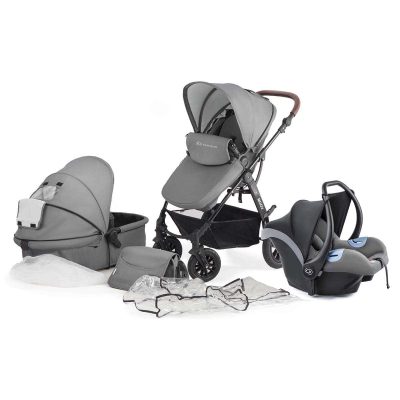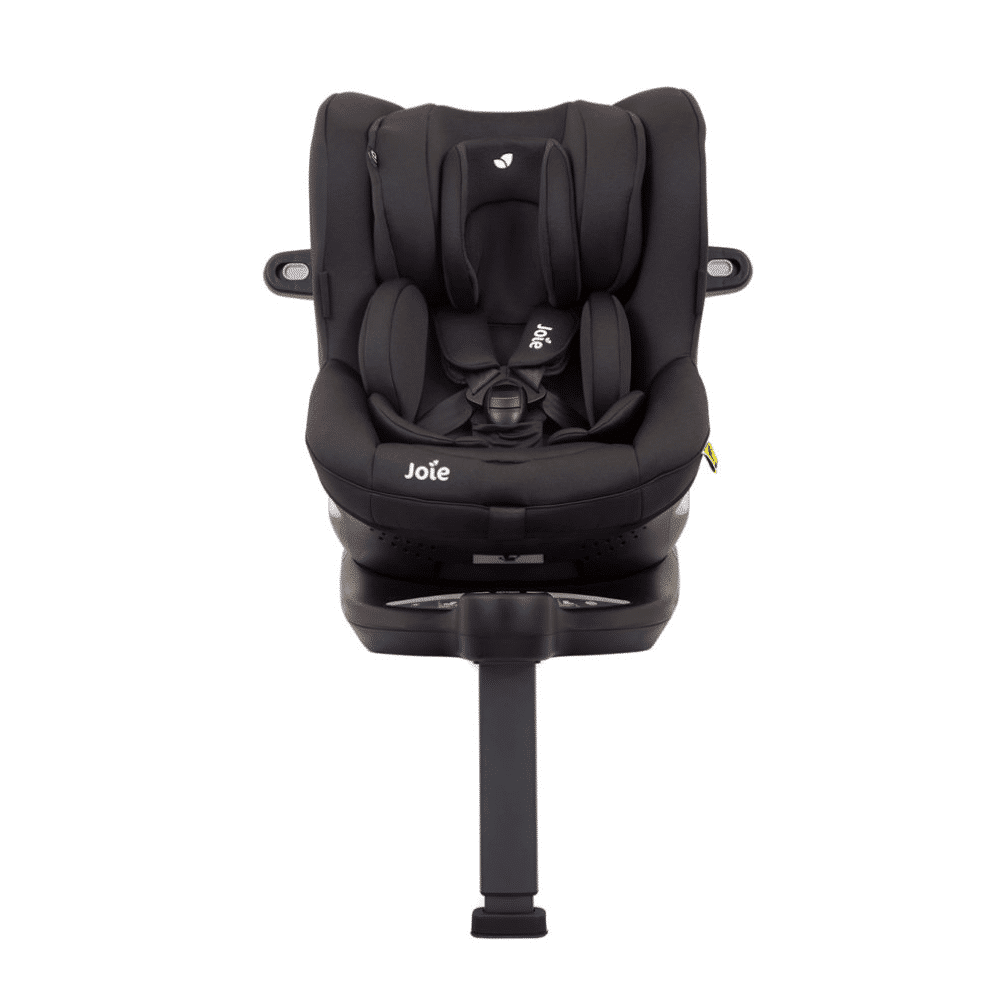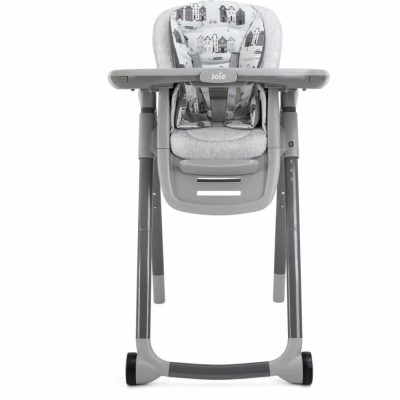Exercising safely during pregnancy
Why exercise during pregnancy?
For most of us, pregnancy can lead us to take a step back and focus on our wellbeing. Before our first ever pregnancy we only have ourselves to consider and, let’s face it, many of us could take more time to focus on our wellbeing.
But being pregnant makes us stop, think and consider our lifestyle and how it might affect the baby growing inside us. It’s no longer a case of “I can wait and put myself second”.
Pregnancy is the perfect opportunity to make healthy changes to your lifestyle, such as choosing to eat food that nourishes and fuels the body and taking the decision to keep your body fit and well. This is both for your sake and for that of your baby.
And whilst advice on healthy eating in pregnancy is reasonably clear-cut and it is easy to find out, for example, what foods should be avoided, exercise advice is not so simple and it is often conflicting, contested or even controversial.
This makes it hard for mums-to-be to feel confident about carrying on with, or taking up physical activity.
This is a great shame because keeping active in pregnancy can:
- aid the management of pelvic pain
- help protect against backache
- improve posture
- encourage better sleep
- reduce the risk of pre-eclampsia
- energise and revitalise you
- lift your mood and even alleviate mild to moderate pregnancy blues
- prepare you for the rigours of labour and birth
- ensure that your weight gain is within the healthy bracket
- help you get back into shape postnatally more quickly and easily
So, just so long as you have no specific complications during pregnancy, regular exercise is great to include as part of a healthy prenatal lifestyle.
7 basics of safe pregnancy exercise
When it comes to safe pregnancy exercise there are some basics which should be applied whatever fitness you choose to take part in. So, without getting into the specifics of different forms of exercise, here are some basic rules:
- When pregnant, your body is in a constant state of change and this means that you should check in at regular intervals with your health care practitioners to make sure that they are still happy for you to carry on exercising
- Stay cool! Overheating when pregnant is considered to be risky for your baby. Although further research is needed, the guidelines err on the side of caution and the advice is to avoid overheating when exercising as this could adversely affect the development of your baby.
- Linked to this advice, it is considered safer to warm up more gradually than might be the case when not pregnant, thus giving the body more time to adjust.
- Standard abdominal exercises, such as sit-ups, planks, side planks, and V-sits can be continued during the first trimester of pregnancy before your bump is showing but once your bump and baby have grown out of the pelvis it is time to stop these classic “legs bums and tums” style of abdominal work and switch to pregnancy-specific deep abdominal, core stability work.
- Technique is key to successful exercise in pregnancy. Your joints are more vulnerable to injury during this period and so it really is important to make sure that you exercise carefully with the focus on good form.
- Once your baby has grown out of your pelvis – at between 16 and 20 weeks of pregnancy – certain exercises which involve lying on your back may well make you feel faint and should be avoided. This is because your baby’s weight will be pressing down on a blood vessel restricting blood flow.
- Listen to your body: if you have followed all the golden rules above yet you find that your body feels tired, depleted and post-exercise recovery is taking longer and longer, then this is your body telling you to slow down and take things more easily. Take heed of these warning signs.
Running during pregnancy
Why do it?
If you are a regular runner or jogger then the likelihood is that when you fall pregnant you will wish to carry on with the form of exercise that you love. You will recognise the benefits of exercising outdoors; being able to step out of your back door and straight into your workout whatever the time of day; building up your stamina so that running becomes a time for mental space rather than a physical chore. Maintaining cardiovascular fitness throughout pregnancy will help you through labour and enable you to recover more rapidly postnatally. All these qualities stand true in pregnancy just so long as running is still right for you, your body and your baby in pregnancy.
How to make running in pregnancy safe
Running is tough on the body: your joints are more vulnerable during pregnancy and you are more prone to injury. So, if you carry on running but become aware of niggles you have not experienced before (perhaps the knees or the hips) then this is a sign to ease off and take things down to a brisk walking pace.
Remember pregnancy exercise rule #2: you should avoid overheating when exercising in pregnancy. Running and jogging can make you sweaty and breathless so moderate your speed to avoid this happening.
Pregnancy places a great deal of strain on the pelvic floor muscles and so do running and jogging. If you choose to carry on jogging through part of pregnancy then be doubly sure to do daily pelvic floor exercises (which you should be doing anyway). If you start to notice that jogging makes you need to dash to the loo then it is time to remove the impact and stick to power walking.
However much you wish to keep up the running in pregnancy, there will come a time when you are going to have to simply listen to your body and when the tell tail signs say that enough is enough, it’s time to move on to other forms of more gentle exercise.
As your bump grows have a look into buying a pregnancy support belt. This will enable you to carry on running without the discomfort of your bump being bounced around on impact. A support belt may well give you a precious month or two extra of running in pregnancy.









